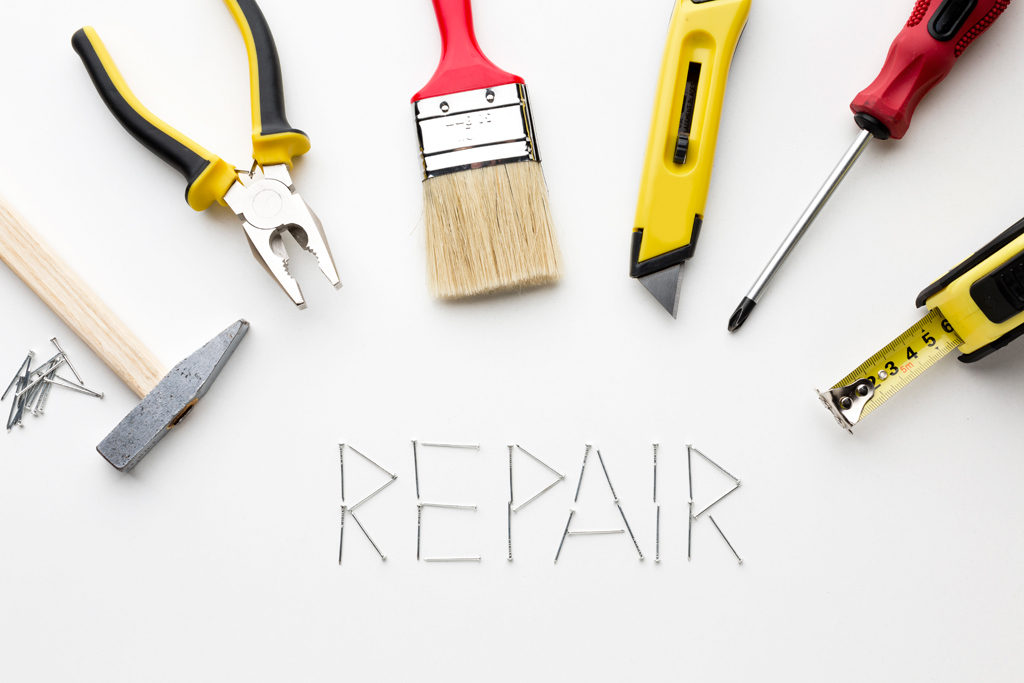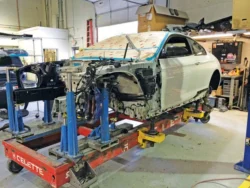Trying to fix your own equipment? I get it. There’s something just so satisfying about cracking open a stubborn lawnmower, kitchen gadget, or even a shop tool and actually pulling off a repair. That “I did it myself!” feeling is hard to beat. But I’ll be straight with you: you need more than a screwdriver and a can-do attitude to get it right. There are some things folks figure out the hard way, and honestly, I’d rather you skip a headache or two. So here’s what I’ve learned—sometimes the hard way, sometimes the funny way.
First, Slow Down and Size Up the Job
You know that feeling when you take something apart, and suddenly, springs and tiny screws pop everywhere? Yeah. So before your workspace looks like a hardware store exploded, double-check what exactly is wrong. Is it just a squeaky hinge, or is your motor making a noise you’ve never even heard before? Read the manual if you’ve got it. (Honestly, half the time I’m hunting one down online.) Repair Clinic has a treasure trove of troubleshooting tips for common appliances, so don’t be afraid to look something up before you jump in headfirst.
Safety Isn’t Just for the Pros
Alright, quick story: a buddy of mine once zapped himself with a power tool trying to fix it “real quick” without unplugging—he managed, but he had some colorful language to share. Please don’t be that person. Unplug, disconnect batteries, drain fluids if you need to, and wear gloves or goggles when it even might get messy. Remember, equipment bites back sometimes.
Know When to Call in Reinforcements
Let’s be honest—some fixes are just plain tricky. Anything dealing with bearings and power transmission, for instance, can be way more complicated than it looks. One wrong move and suddenly you’re dealing with parts that don’t line up right or, worse, something that’s unsafe to run. And if you’re working with high-pressure or electrical equipment, sometimes it’s not just about fixing—it’s about protecting your warranty, your machine, and, most importantly, yourself. For anything that makes you go, “Hmm, is this a bit over my head?” check out the advice from Family Handyman. There’s zero shame in calling a pro now and then.
Get the Right Parts—Don’t Wing It
We’ve all tried the duct-tape workaround (no judgment here), but, honestly, the right part makes or breaks your repair. Take bearings, belts, and anything power-related—using the wrong ones not only won’t work, it might even mess up the machine worse. Always match part numbers and specs. If you’re not sure, call a supplier and ask for help double-checking.
Keep Track of What Goes Where
Maybe you like a challenge, but I can guarantee—by the time you’re reassembling, it’s easy to forget where that one last spring belongs. Take photos as you go, use muffin tins for screws and small bits—whatever works for you.
And Don’t Let Frustration Get the Best of You
Sometimes things just won’t budge, parts break, or the fix takes longer than you planned. Step away, grab a coffee (or your beverage of choice), and come back with fresh eyes. Fixing something is part tinkering, part puzzle, and a little bit of luck.
All said and done, DIY equipment repair is a mix of bravery and patience. Sometimes you’ll nail it, sometimes you’ll call in reinforcements. Either way, you win—you tried and you learned, and your next fix will be even better.







